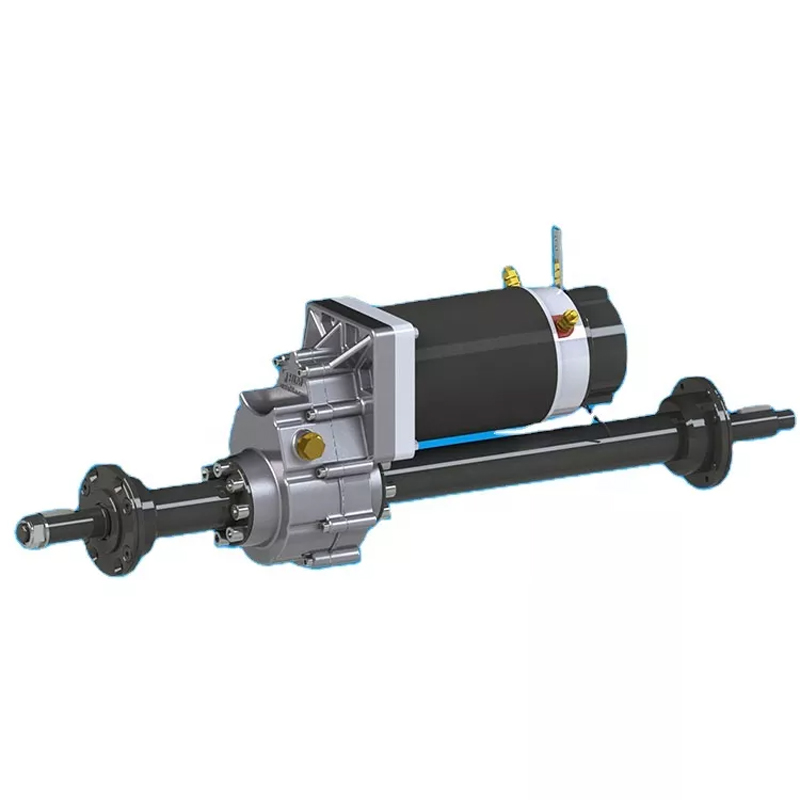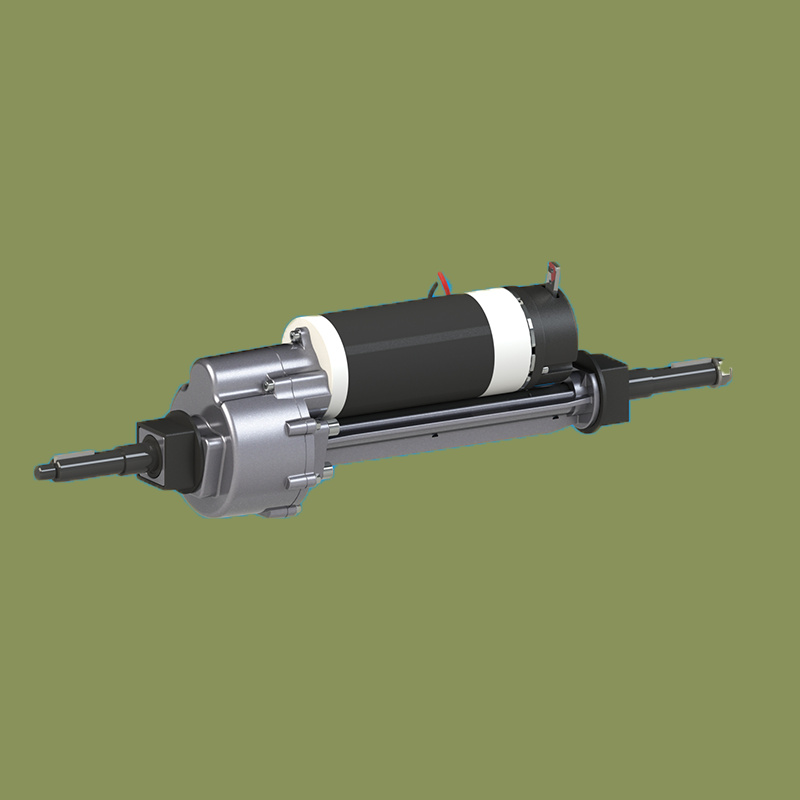Electrical motors are the powerhouse of the industrial world, efficiently converting electrical energy into mechanical power. Many critical sectors use electrical motors, including industrial, commercial, residential, agricultural and transport.
Hence, it is unsurprising that electrical motor-driven systems currently consume 50% of the total electrical energy worldwide and 70% of the electrical energy used in industries (6000 trillion watts per hour).1 Electric Garbage Truck

Increased industrial activities in developing economies like India, China, and many others will push the use of motors even further. The worldwide growth of electrical motor-driven systems is predicted to double by 2040.
The increased market share of electric vehicles in developed countries and the high demand for heating and cooling in the increasing population of developing countries are pushing this growth.
An electric motor-driven system (EMDS) typically consists of an electric motor and an end-user device: fan, pump, compressor etc. Increasingly, input power and speed/torque control devices referred to as variable speed drives (VSDs) are also becoming essential parts of EMDS.
The output power ranges from a fraction of a kilowatt (kW) to thousands of kWs. Chemical, paper, food processing, metal and textile industries extensively use electric motors for pumping, compressing, turning fans, handling, conveying, and processing materials. In addition, various appliances use electric motors in commercial and residential sectors, from household electric toothbrushes to commercial buildings’ large air conditioning systems.
In the residential sector, the electric motors used in refrigerators, washing machines, air conditioners and various types of exhaust fans (including the small fan of the computer hard drive) consume most of the household electrical energy. The Irrigation pump, electrified agriculture vehicles and appliances also use electric motors. In the transport sector, electric trains, electric vehicles, drones, emerging electric ships/boats, and aircraft use electric motors.
Most electric motors are rotary devices; the converted mechanical power is available as torque (turning force) at the motor’s shaft to perform the valuable tasks of pumping, turning a fan or driving the wheels of a car. The interaction between the magnetic field and electric current produces torque in an electric motor.
A DC (direct current) or AC (alternating current) supply powers an electric motor. If an electric motor converts mechanical energy to electrical power, it becomes a generator, and hence, at the basic design level, a motor and a generator are the same.
Electric motors can be classified based on the construction, power supply, and type of output motion. However, the efficiency of all motors is calculated by dividing the mechanical output power by the electrical input power, and the input power minus the losses gives the output power.
The motor losses are classified as copper loss (heat loss of the current carrying windings), iron loss (heat loss of the iron core), mechanical loss (friction in the moving parts), and stray or excess loss (unaccounted losses that occur in a loaded motor). The superior materials, design optimisation and application-oriented design approaches can lead to efficiency as high as 99%.
Energy efficiency is one of the most cost-effective ways to reduce energy-related CO2 emissions and offset energy demand growth via savings from efficiency gains. A 2022 IEA (International Energy Agency) report on energy efficiency found that the accumulated energy-saving measures via efficiency have kept the energy demand of many developed countries steady despite strong economic activities in the last decades.2
Since the electricity sector emits one-third of the global energy-related CO2, energy efficiency will play a significant role in achieving net zero.3
The benefits of minimum energy performance standards (MEPS) in electric motors were realised by 2008, which led to the approval of the standard IEC 60034-30 (International Electrotechnical Committee) to harmonise the efficiency classes of electric motors globally.
IEC 60034-30 standard classifies motors according to four International Efficiency (IE) groups – IE1 standard efficiency, IE2 high efficiency, IE3 premium efficiency and IE4 super premium efficiency. IEC standard replaced its predecessor EEF efficiency classes.
The key difference between them is that the stray motor losses are measured indirectly in IE classification. In contrast, in EEF, this loss is estimated roughly as 0.5% of the output power resulting in an underestimation. For compliance with IEC, the efficiency must be measured by test methods described in standard IEEE 112. Many countries adopted MEPS for electric motors based on IEC efficiency classes.
The new type of highly efficient synchronous motors with rare-earth magnets, and some newer designs without any magnet, attain IE4 efficiency class easily. Some of the newer designs even exceed IE4, which has prompted the IE5 ultra-premium efficiency class.
The IE5 motors should have 20% fewer losses than the IE4 class. The European Union (EU) has already made IE3 and IE4 classes mandatory for certain categories of motors. 4 Emphasis on MEPS requirements has ensured that most industrial motors sold worldwide comply with at least one of the IEC efficiency classes.
Since typically electric motors are part of a large system, the focus is slowly shifting towards improving overall system efficiency. For example, controlling the torque and speed of the motor as per the system requirement using a VSD can improve overall system efficiency by up to 35%.5
However, the intake of VSD is still slow. Awareness, climate-oriented policies, additional incentives, and investment are required to realise the full extent of the potential benefits of VSD and newer types of permanent magnet synchronous and reluctance motors. UNSW Sydney’s Electrical Machines and Drive Systems research team is at the forefront and contributes to developing novel, highly efficient motors and drives suitable for many applications.
Please Note: This is a Commercial Profile This work is licensed under a Creative Commons Attribution-NonCommercial-NoDerivatives 4.0 International License.
Save my name, email, and website in this browser for the next time I comment.
This article first appeared in Open Access Government July 2023.
To view the article click here.
This work is licensed under a Creative Commons Attribution-NonCommercial-NoDerivatives 4.0 International License.
You may copy and redistribute this material in any medium or format.

Electric Motor Definition Physics The licensor cannot revoke these freedoms as long as you follow the license terms.